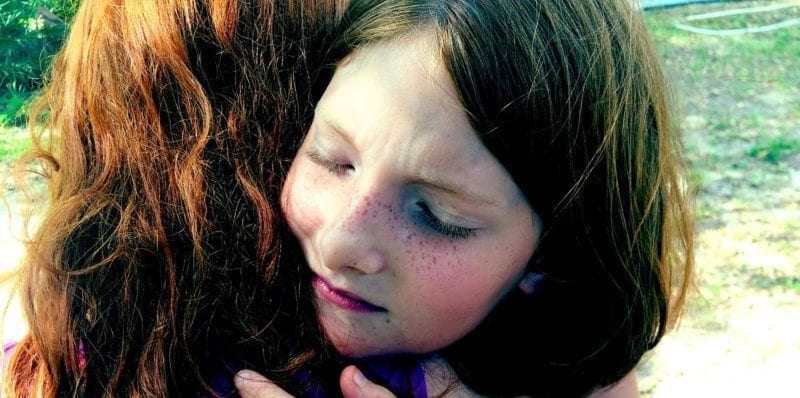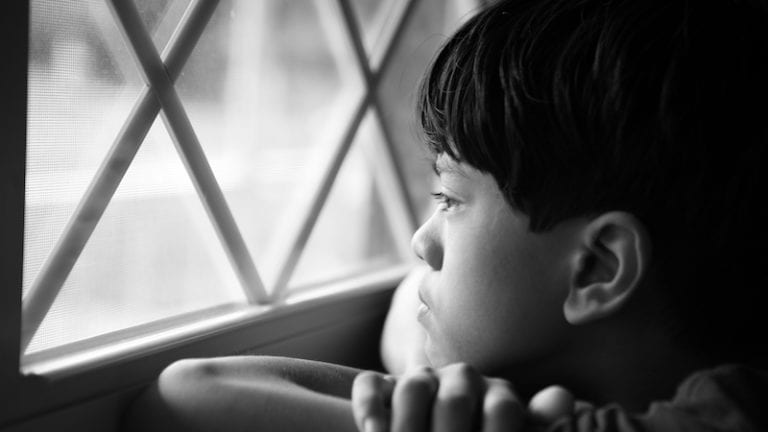As principal, you are the leader of your school community. That means when tragedy or school trauma strikes, all eyes are looking to you for comfort and guidance. Whether you are responding to a student death, a loss in the local community, or a national tragedy, the way you respond can calm your staff and students and help ease the burden of grief within your school. Here are five steps to take if tragedy strikes in your community.
1. Speak out as soon as you can
Tragedy is inherently intertwined with uncertainty, which can lead to fear. One way to keep that fear from multiplying is to address the student tragedy or school trauma as soon as possible. In some cases you might wonder if you need to say anything at all, but if you’re asking that question, the answer is likely “yes.”
Oftentimes people don’t know what to say when faced with grief or loss, and it’s okay for you not to have all the right words. Acknowledge the event and let your staff and students know that you are working on getting them the information and support that they need as soon as possible.
2. Call in the professionals
As principal you wear many hats, but no one expects you to don them all. When faced with tragedy, it’s best to call in professional supports for your community, including grief counselors. Work with the school counselors to decide what this should look like: whether it is support for a specific student or making counseling available to the entire student body and staff. Just remember to delegate and utilize all the resources available to help your students and staff cope with school trauma.
3. Make a safe space to share
An important part of moving through school trauma and grief is sharing stories. Make spaces for staff and students (if they’re old enough) to talk about what has happened. Staff should have the opportunity to do so first, before helping students through their discussion. Keep the space low-key and allow students to share whatever comes to mind, including fears, reactions, and memories. It may make sense to allow these conversations to happen in the classroom, since students might be more comfortable in a smaller space with the people they are around most often.
4. Have a media plan
If the tragedy happened at a school event or involves a student directly, you’ll likely be contacted by the media. Take time to consider ahead of time what your response will be and what information you are able and willing to share. Of course, it’s always a good idea to check with district leadership about policies for talking to the press.
5. Address your own feelings
Teachers and principals are likely to focus on making sure their students are coping in the event of a school trauma or tragedy in their community. However, tragedies will also have emotional effects on you personally, especially as you take on your students’ reactions. It’s understandable to want to push your own feelings aside initially, but after the dust settles, be sure to take time to care for yourself and sort through your own reactions. Your school, your community, and your mental health will all benefit.

